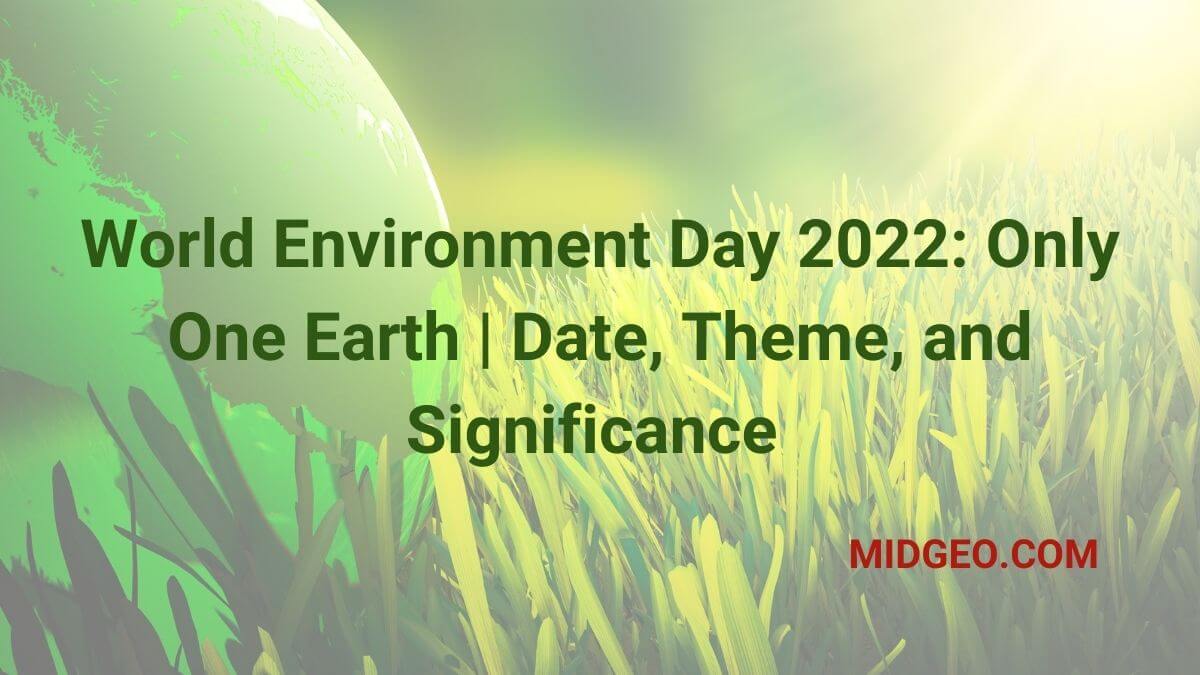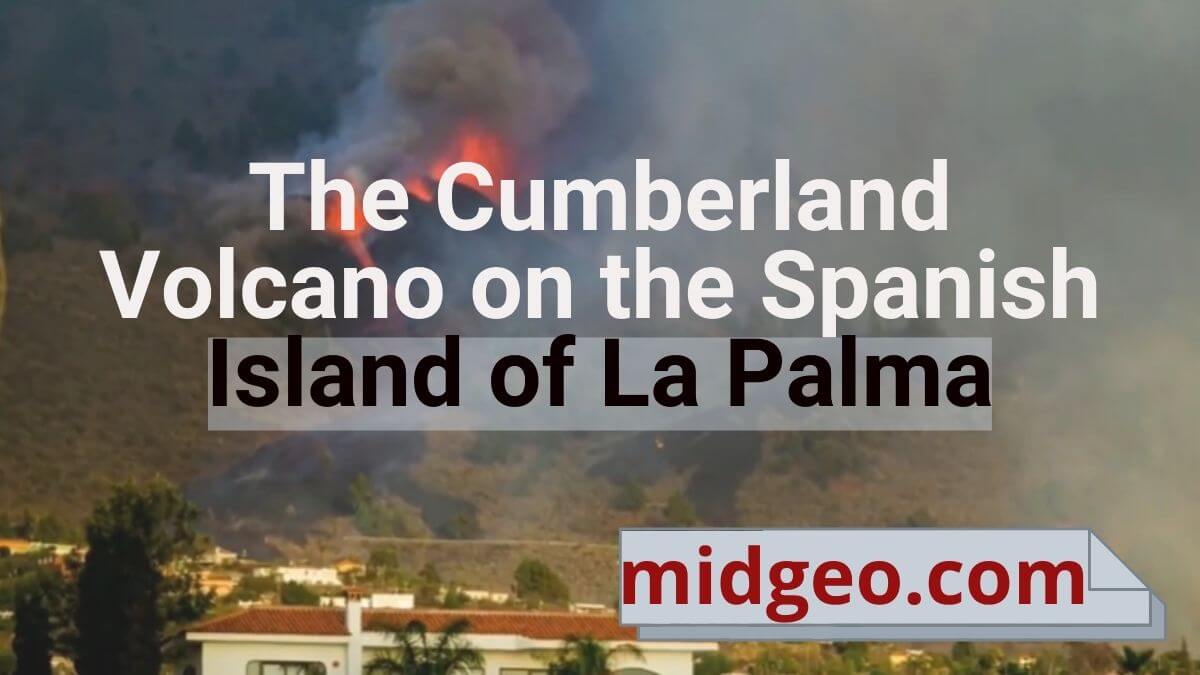
Volcanoes are geological formations that occur when magma from beneath the Earth’s surface erupts and spews out lava, ash, and gases. They are an incredible display of the Earth’s immense power and serve as a reminder of how small we are in comparison.
In this article, we will delve into What are Volcanoes, their geography, examples, and 10 interesting facts about volcanoes that you may not know about example.
What are Volcanoes?
Content Summery
A volcano is a geological formation that occurs when magma, a mixture of molten rock, gas, and solid minerals, rises from beneath the Earth’s surface and erupts onto the surface or into the atmosphere. Volcanoes can take many forms, including shield volcanoes, stratovolcanoes, cinder cones, and complex volcanoes.
- What is a Beach? How Are Beaches Formed?Do you know, How Are Beaches Formed? Beaches are one of the most popular natural destinations, attracting millions of people every year. But have you ever wondered how these beautiful stretches of sand and sea came to be? In this article, we will explore the fascinating process of how beaches are formed, from the geological …
- List of Landforms A to Z on EarthLandforms List a to z on Earth: Earth is a dynamic planet that is constantly changing due to geological processes. One of the ways we categorize these changes is by identifying the various types of landforms that exist on Earth. These landforms are the result of natural forces like erosion, volcanism, tectonic activity, and weathering. …
- Which Land Feature Supports the Theory of Continental Drift?Hello everyone, welcome back to MidGeo. Which Land Feature Supports the Theory of Continental Drift? The distribution of present-day continents and oceans was a major focus of study for scientists and geographers in the 17th and 18th centuries, and the continental drift theory is one of the pioneer theories that proposed the present-day distribution of …
What is a Good Definition for Volcano?
A good definition for volcano would be that it is a natural geological structure formed by the eruption of molten rock, ash, and gas from the Earth’s interior. It is characterized by a conical or dome-shaped mountain that is often accompanied by other features such as lava flows, pyroclastic debris, and volcanic gases.
What are Two Definitions of Volcano?
Two definitions of volcano could be:
- A volcano is a vent or fissure in the Earth’s crust through which molten rock, ash, and gas are ejected during an eruption. This can result in the formation of a mountain or crater.
- Volcano refers to both the mountain or landform that is created by the eruption of molten rock and ash, as well as the geological process that causes the eruption to occur.
What is The Definition of Volcano in Geography?

In geography, the definition of volcano would refer to the study of the formation, distribution, and behavior of volcanoes. This includes understanding the physical and chemical properties of magma, the effects of volcanic eruptions on the environment and human populations, and the role of volcanoes in shaping the Earth’s surface over time.
Geography also explores the different types of volcanoes, such as shield volcanoes, stratovolcanoes, and cinder cones, as well as the various hazards associated with volcanic activity, such as lava flows, pyroclastic flows, and volcanic gases.
Geography of Volcanoes
Volcanoes can be found on every continent on Earth, including the ocean floor. They are typically located along the boundaries of tectonic plates, which are the large pieces of the Earth’s crust that move and shift over time. The majority of volcanoes occur in the “Ring of Fire,” a horseshoe-shaped region surrounding the Pacific Ocean that is home to more than 75% of the world’s active and dormant volcanoes.
Volcano Examples
There are many famous examples of volcanoes around the world, each with its unique features and characteristics. Here are a few examples:
- Mount Fuji – located in Japan, Mount Fuji is one of the world’s most iconic and recognizable volcanoes.
- Mount Vesuvius – located in Italy, Mount Vesuvius is best known for its eruption in 79 AD, which destroyed the Roman cities of Pompeii and Herculaneum.
- Mauna Loa – located in Hawaii, Mauna Loa is the world’s largest active volcano, measuring over 13,000 feet from base to summit.
- Krakatoa – located in Indonesia, Krakatoa is best known for its eruption in 1883, which was one of the most catastrophic volcanic events in modern history.
- Mount St. Helens – located in the United States, Mount St. Helens is famous for its eruption in 1980, which was one of the most destructive volcanic events in American history.
10 Interesting Facts About Volcanoes
Volcanoes have fascinated scientists and laypeople alike for centuries. Here are 10 interesting facts about volcanoes that you may not know:
- Volcanoes are found on other planets too: not just on Earth. For example, both Mars and Venus have volcanoes on their surfaces.
- The largest volcano in the solar system is actually on Mars: Olympus Mons, which is three times taller than Mount Everest.
- The word “volcano” comes from the name of the Roman god of fire, Vulcan.
- Not all volcanoes look the same: there are several types, including shield, cinder cone, and stratovolcanoes.
- The tallest volcano on Earth is actually located in Hawaii: Mauna Kea, which rises over 33,000 feet from the ocean floor to its summit.
- Some volcanoes are located under ice: these are known as subglacial volcanoes, and they can create some unique geological formations.
- The ash clouds produced by large volcanic eruptions can actually travel around the world, affecting global climate patterns.
- Volcanic eruptions can cause lightning: during a particularly intense eruption, the static electricity generated by the ash and particles can create lightning bolts.
- There are approximately 1,500 active volcanoes around the world, with around 50-70 of these erupting every year.
- Despite their destructive power, volcanoes also create new land: over time, the lava flows and ash deposits can build up to create new islands or expand existing ones.
What is a Volcano for Kids?
For kids, a volcano can be a fascinating and exciting topic to learn about. It’s a chance to explore the Earth’s geological processes and understand how they shape our planet.
In simple terms, a volcano is a mountain that opens downward to a pool of molten rock below the surface of the Earth. When pressure builds up, eruptions occur, and lava, ash, and gases escape from the volcano.
Here are Some Fun Volcano Facts for Kids
- The word “volcano” comes from the name of the Roman god of fire, Vulcan.
- Volcanoes are often found in areas of the world where earthquakes are common.
- Volcanic eruptions can create lightning, known as “dirty thunderstorms.”
- The tallest volcano in our solar system is Olympus Mons on Mars, which is three times the height of Mount Everest.
- The largest volcano on Earth is Mauna Loa in Hawaii, which covers an area of about 2,035 square miles.
- When a volcano erupts, it can release ash, gas, and molten rock, which can cause damage to buildings, crops, and wildlife.
Read More About Landforms:
- How Hills and Mountains Are Formed Where Are Mountains Found
- How are Estuaries Formed? Types of Estuaries
- How Was Death Valley Formed
- How Are Sand Dunes Formed
- How Are sinkholes formed
- How Waterfalls Are Formed
- How Lakes Are Formed
- How Are Glaciers Formed
- How Are Guyots Formed
- What are Volcanoes: Definition, Geography, Examples, Facts, and More
Finally,
What are Volcanos and What is the Definition of Volcano in Geography? Also, 10 interesting facts about volcanoes. What is a Volcano for Kids? I hoped it helps you. If you have any queries feel free drop in the box below. Thank you.



